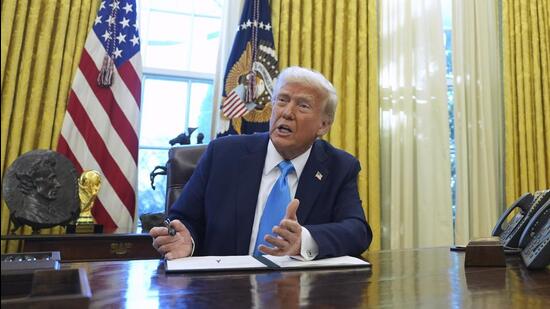NEW DELHI: Just days before U.S. President Donald Trump is set to announce new tariffs on April 2, India and the U.S. are still discussing trade deals. Will India lower its high tariffs to respond to Trump’s complaints? Will the cuts apply to all products or just certain ones?
A report by Aastha Gudwani, Chief India Economist at Barclays, says that India may want to negotiate in groups based on similar products. The U.S. has a trade deficit with India, meaning it buys more from India than it sells there. However, this deficit is not as big as with other countries.
Data from the U.S. Bureau of Economic Analysis (BEA) shows that the U.S. trade deficit with India grew steadily from 1999 to the early 2010s but has since leveled off. Now, India makes up about 5% of the total U.S. trade deficit on goods and services, which was $46.1 billion in 2024.
While the U.S. faces high tariffs on imports from India, the reverse is also true. India has some of the highest tariffs in Southeast Asia for U.S. products. Its tariffs are much higher than what the U.S. charges for Indian exports.
But not all goods have the same tariff difference. The Barclays report shows significant tariff differences for important items like pharmaceuticals ($6.5 billion) and gems and jewelry ($5.9 billion). For less important goods, the difference is not as big.
The report also categorizes India’s exports based on how easy it is to negotiate with the U.S. For products where India is the top supplier, like some pharmaceuticals, negotiations may not be necessary. If India is the second largest supplier, it has decent bargaining power. If it’s third, negotiations could be trickier. Lastly, for items where India is not a top supplier, negotiations will be very tough, and those products are most at risk of facing new tariffs.
India’s Trade Talks: Lower Tariffs and Negotiation Strategies Explained!
Explore India’s negotiations with the U.S. on tariffs as President Trump plans new rules. Discover key insights on trade balances and tariff impacts!


Leave a Reply